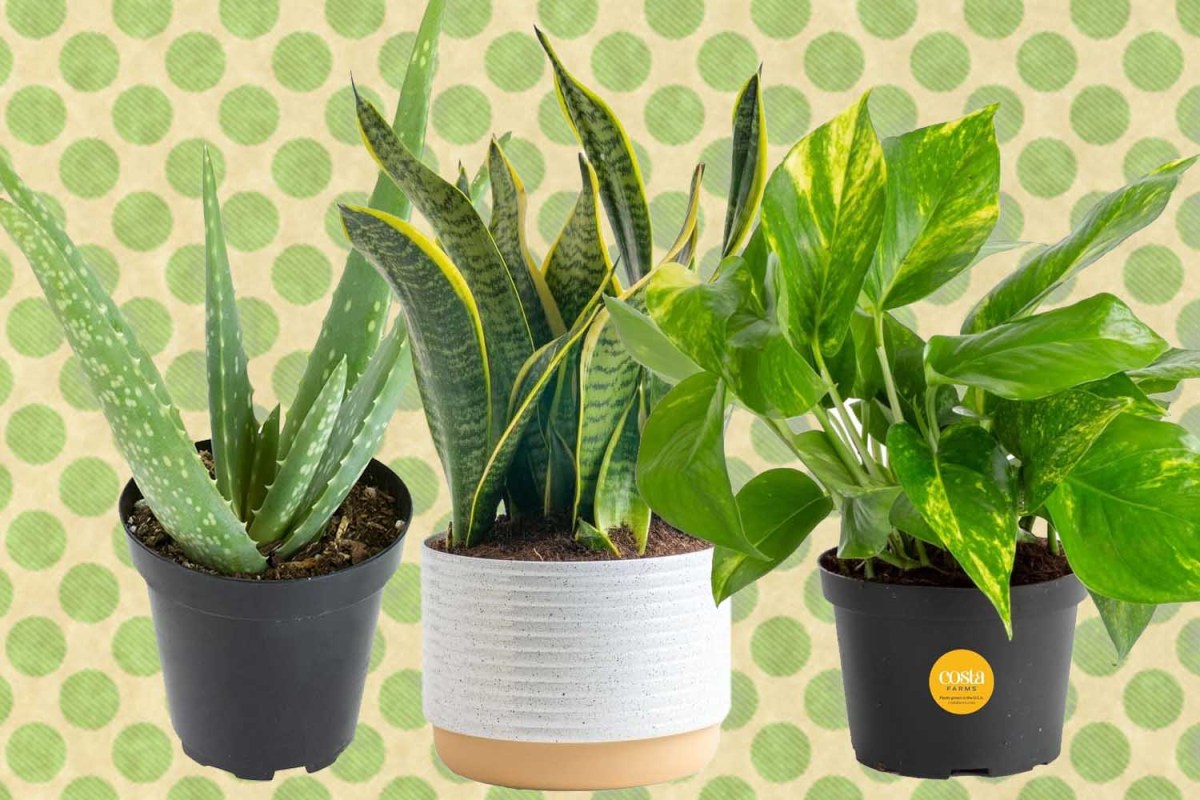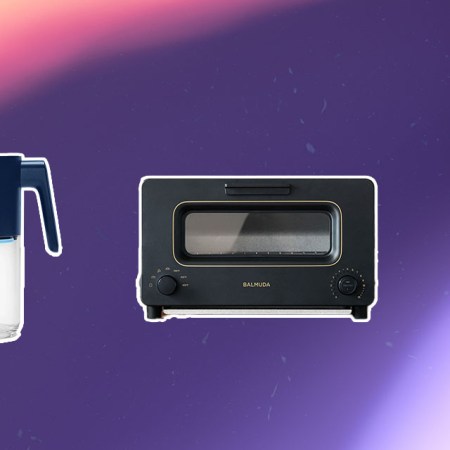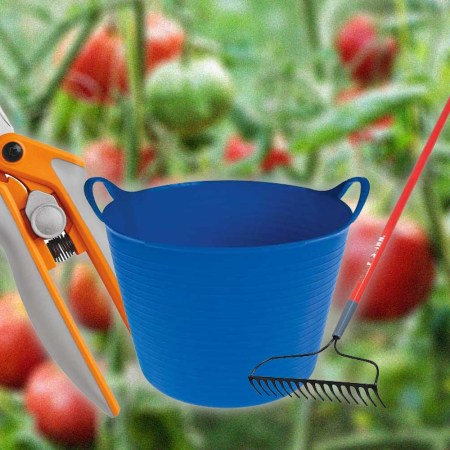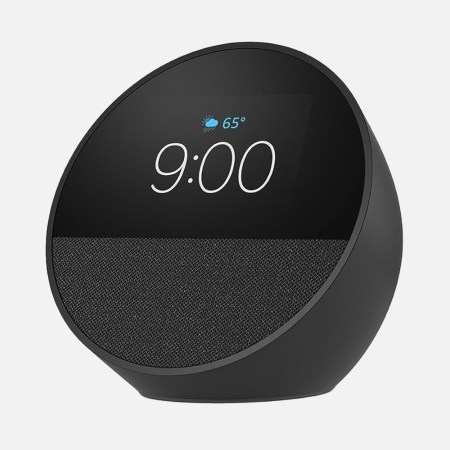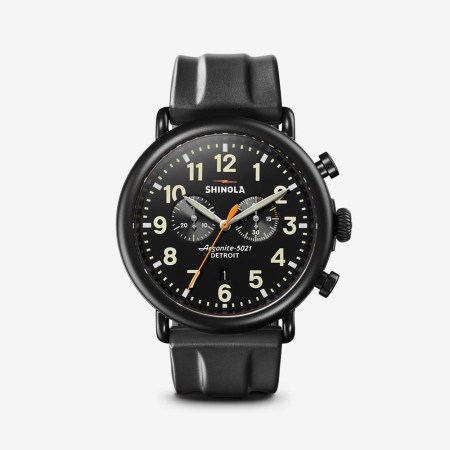Nota bene: All products in this article are independently selected and vetted by InsideHook editors. If you buy something, we may earn an affiliate commission.
While we all may want to have beautiful houseplants adorning our home, for beginners, it can seem too daunting to have to take care of one. But the fortunate truth is that taking care of a plant doesn’t have to be overwhelming. In fact, there are quite a few houseplants that require very little maintenance to thrive.
When it comes to choosing a houseplant, Rachel Gilbert, floral manager of Hudson Flowers in Hoboken, New Jersey, recommends starting with a plant that’s easier to handle because “if you end up killing something that you spent a lot of money on it’s going to turn you off or away from the whole idea of buying plants.”
After speaking with Gilbert, we used her insight as well as some of our own testing to compile a list of houseplants that are super easy to care for. Here are our top picks.
Best Vine: Golden Pothos
Best Flowering: Peace Lily
Best Medium Light: ZZ Plant
Best Low Water: Snake Plant
Best for Pet Owners: Spider Plant
Most Unique: Swiss Cheese Plant
Best for Decor: Dieffenbachia
Best Functional: Aloe Vera Plant
Things to consider
Sunlight: Obviously, plants need sunlight to survive. With that being said, not all plants require a lot of sunlight, and some can actually be harmed by too much sun. As Gilbert tells us, living with plants doesn’t have to be difficult, and options like “succulents, cacti, snake plants, ZZ plants and orchids can all tolerate lower light conditions.”
Water: For many of the plants that have adapted to need less sun, they will also be able to survive with less water. Gilbert tells us that oftentimes, too much water can be an issue for houseplants, stating “You’ll kill [a plant] easier from over-watering than under-watering because it will rot, and the roots can’t come back from that.” A good rule of thumb with some plants is to make sure that at least 2 inches of the soil is dry before adding more water. But be sure to look into the specific recommendations for that particular plant before deciding on your watering pattern.
Additionally, it’s important to be able to adapt. Many plants will have tell-tale signs that you are under- or over-watering them. If your plant begins to yellow or wilt, read up on what this may mean to determine if you are watering them correctly.
Best vine
Sunlight: Indirect | Watering: Weekly/biweekly
For a plant that requires minimal effort, you can’t go wrong with golden pothos. Seriously, pothos are exceptional at adapting to whatever condition they are placed into, and Gilbert tells us they really only need to be watered weekly. But if you should forget to do that, don’t worry, as they are incredibly resilient and, in fact, do better when they have the chance to dry out. The vines will grow up to two feet in a year, meaning they can cascade down your wall fairly quickly. In regards to sunlight, while golden pothos can do well in low, indirect light, they are best suited for bright indirect light.
Pros: Very little watering required, will do well in most sunlight conditions
Cons: Toxic to pets
Best flowering
Sunlight: Indirect | Watering: Weekly
If you’re looking for a houseplant that will flower with lower maintenance, the peace lily is a great choice. As a rule of thumb, these plants prefer indirect light. Being particular about your watering is vital with peace lilies, and Gilbert recommends more frequent watering, but with less water each time. Peace lilies will droop to give you a warning signal of something being wrong, just be aware that drooping can be the result of temperature changes, watering irregularities and too much light.
Pros: Don’t require direct sunlight, flowers, droops as a warning signal
Cons: Temperature changes can damage it, toxic to pets
Best medium light
Sunlight: Medium | Watering: Every 2-3 weeks (or even longer)
Zamioculcas zamiifolia, better known as the ZZ plant, comes recommended by Gilbert as an excellent plant for the beginner who is terrified of killing a plant. It features waxy-looking dark green leaves and it can grow upwards of 3 feet tall and wide. While it can survive in lower light, it does better in medium indirect light. In terms of watering, you’ll be best served watering the ZZ plant every 2-3 weeks, or perhaps even longer as you should only water it once the soil has dried out completely. As with other plants, ZZ plants are toxic, so if you have pets be mindful of where you place them.
Pros: Air purifying features, can tolerate low light, very infrequent waterings needed
Cons: Toxic to humans and pets, can take longer to grow
Best low water
Sunlight: All types, but thrive in bright, indirect light| Watering: 2-3 months in colder months (when soil is dry)
The aptly named snake plant is native to West Africa and features a distinct green center with a yellow border around them. As noted by Gilbert, it’s one of the plants that require the least amount of water on our list, able to go sometimes two months between waterings. As a result, too much watering can damage this plant. Keeping this in mind, watering it only when it’s dry is your best bet. It’s a great option if you’re looking to add some height to your plant arrangement as it grows vertically, and some can grow upwards of 12 feet tall.
Pros: Very infrequent repotting necessary, very little watering requirements
Cons: Poisonous to dogs and cats, slower growing indoors
Best for pet owners
Sunlight: Bright, indirect light | Watering: Light watering weekly (or when soil is dry)
If your four-legged friend loves to nibble on your plants, then you’ll want to look into the spider plant as it is a non-toxic and totally safe option for your pet. Additionally, the green and white variegated coloring adds some nice diversity to your plants, and they love bright, indirect light, making them a good choice for counters, tabletops and mantles. Because of the way they grow, spider plants also look great in hanging planters. They are also drought-tolerant, so you can wait until the soil is 50 percent dry to water them.
Pros: Safe for pets, look great hanging or in planter, don’t mind being root bound
Cons: Difficult to propagate
Most unique
Sunlight: Bright, indirect light | Watering: Every week or two
Monstera Deliciosa, more commonly known as the Swiss cheese plant, is a beautiful option that always garners attention due to its glossy, hole-filled leaves. Like other plants on our list, it requires watering when the soil dries out, usually every week or two and it thrives in bright, indirect light. Just be sure to put them in well-draining pots as this plant is susceptible to root rot if over-saturated. Also, be mindful not to expose it to too much sunlight as this can cause the leaves to burn. Lastly, be aware that they grow at a rate of 1-2 feet per year, so they will require annual repotting.
Pros: Unique look, can grow up to 10-15 feet tall, infrequent watering needed
Cons: Can be toxic to pets, more frequent repotting
Best for decor
Sunlight: Bright, indirect light | Watering: Every week or two
The uniquely shaped variegated green and yellow leaves of the dieffenbachia are sure to pique people’s interest and they also help to make it a great gift option. Indoors, they can generally reach 3-5 feet, making them statement pieces without being overwhelmingly large. In regards to maintenance, they are easy to care for, requiring bright indirect light and watering only once the top two inches of soil have dried out. But don’t stress too much about watering as they are fairly drought resistant. Be aware, though, that dieffenbachia is not only toxic to plants but also to humans as well.
Pros: Variegated leaves, drought-resistant
Cons: Toxic to humans and pets
Best functional
Sunlight: Bright, indirect light | Watering: Every three weeks, or when soil is dry 1-2 inches below surface
While you may be familiar with aloe vera lotion, you may not know that it comes from a beautiful, affordable and highly functional plant. Aloe vera is a succulent, and as noted by Gilbert, that means it will work in less direct sunlight. Additionally, it requires very minimal watering, with a recommendation of one watering every 2-3 weeks during the warmer months, using the rule of making sure it has at least 2-inches of dry soil before watering again. And of course, it is also a functional plant that we recommend keeping in your kitchen as you can use the gel inside for burns on your skin.
Pros: Very little watering required, can use the gel for health benefits
Cons: Dangerous to consume
We've put in the work researching, reviewing and rounding up all the shirts, jackets, shoes and accessories you'll need this season, whether it's for yourself or for gifting purposes. Sign up here for weekly style inspo direct to your inbox.
